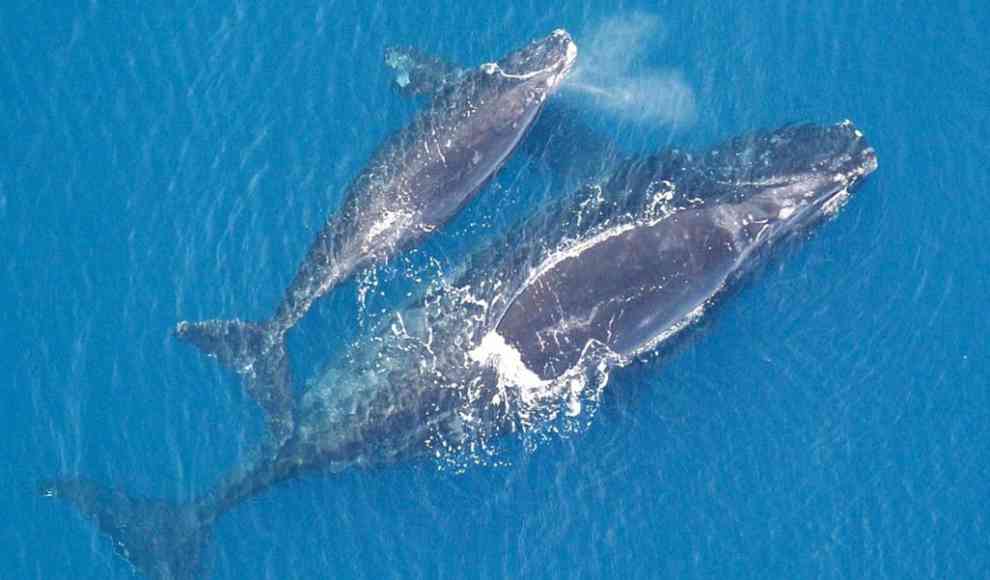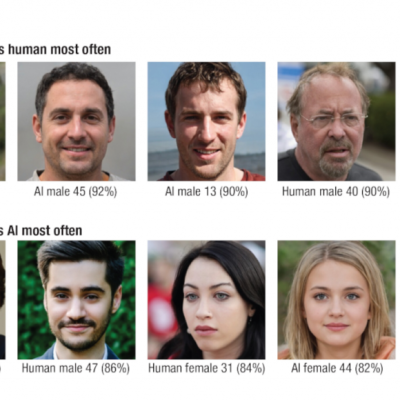The Atlantic North Right Whale, one of the world’s most endangered species, is facing extinction. However, a new technology has been developed to help preserve the whale and other species. The Atlantic North Right Whale is a massive mammal that can grow up to 18 meters long and is found along the American East Coast, as well as the coasts of France and England. At the beginning of the 16th century, there were an estimated 100,000 Atlantic North Right Whales worldwide, but now there are only around 350 left.
The whale’s slow speed and high blubber content make it a popular target for whalers. Despite the worldwide ban on whaling, the whale is still threatened by overfishing, pollution, commercial shipping, oil drilling, and tourism. To better protect the whales and monitor their population, a new technology has been developed that uses machine learning and artificial intelligence to locate and track the whales. Sensitive microphones on ships or on the ocean floor record all sounds, which are then analyzed in real-time by the AI to distinguish the whale’s calls from other noises. This technology will hopefully replace the traditional method of locating whales, which involves research ships spending days searching for a herd.
The University of East Anglia in Norwich, in partnership with the Scottish Association for Marine Science, developed this new technology. The method can also be used to monitor other whale species and even different animal species, such as specific bird species in noisy cities. This new technology is a significant step towards preserving the Atlantic North Right Whale and other endangered species.










